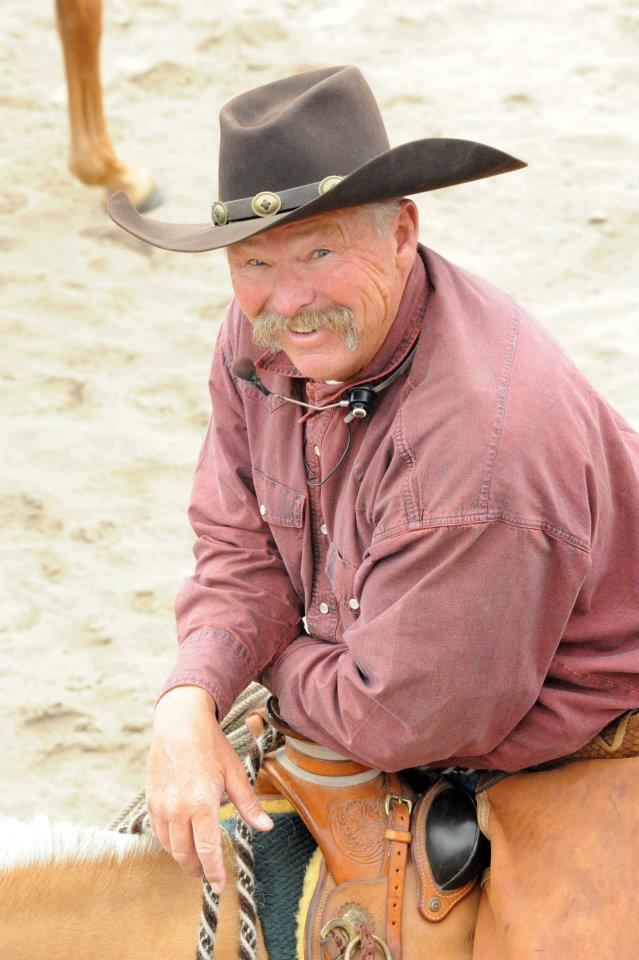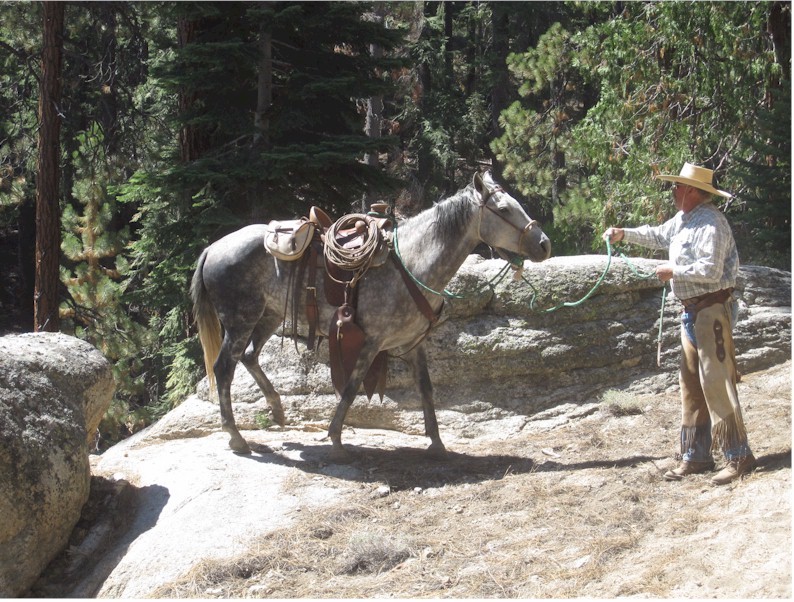 Is Your Horse Actually Backing Up or Just Going Backwards
Is Your Horse Actually Backing Up or Just Going BackwardsA while back I was talking with my friend, Maurice Thibault, a Parelli 4-Star Senior
Instructor. We began commenting on how some horses seem to naturally backup
well and others just complain and drag their feet as though it were the worst
thing imaginable. We talked about how,
maybe, it was the rider’s position with his weight or where his hands were or
even how the horse was built. It then occurred
to us that these same horses struggled with their backup on the ground as well
as when ridden, and in some cases, had an even harder time backing on-line than
while being ridden.
Some time
later I was helping a student with his backup, going through Pat’s 9-step
backup procedure and I noticed that I had not put much emphasis on where we
were backing to. The English may be poor; but the focus becomes
very important. I recall Pat telling me year
ago to have eyes in the back of my head and to see where I was going
backwards. Then, when my horse puts a
little effort into going towards my focal point to release the pressure and
give him some relief.
As I thought
more about it, I reminded myself that Mother Nature does not give my horse a
good backup. He would rather wheel and
run than to backup. Just about the only
time a horse backs in nature is when challenged and he can’t turn to run. Dr Miller tells us that backing is a
submissive posture for our horse and that we often use it as a way of
maintaining dominance.
 I started
thinking about all of the games that we play with our horses that involve
backing such as Game #4 the Yo-Yo game or setting up Game #5 the Circling game
with a backup to help the horse transfer his weight to the hindquarters. It becomes easy for us to say to our horse
“Get Back from us” rather than “Get over to there”. Mother Nature seems to
program us to tell our horse to get away rather than ask our horse to go
somewhere in a backwards direction.
I started
thinking about all of the games that we play with our horses that involve
backing such as Game #4 the Yo-Yo game or setting up Game #5 the Circling game
with a backup to help the horse transfer his weight to the hindquarters. It becomes easy for us to say to our horse
“Get Back from us” rather than “Get over to there”. Mother Nature seems to
program us to tell our horse to get away rather than ask our horse to go
somewhere in a backwards direction.
From the very
beginning of their Savvy System of Pat and Linda have searched for ways to get
us to use our focus, to establish a focal point; then go to it. Try to not rely on merely technique. Pat and Linda remind us at every available
opportunity that backing helps our horse become better at everything else. There are many reasons why, and that’s for another
discussion. When asking for a backup I do my best, which means I don’t make it
all the time, to disallow forward motion and give my horse a place to be; then
make sure that he’s comfortable when he gets there. If I’m teaching a youngster, I’ll provide
comfort several times during the journey to my focal point. Then he gets relief from the pressure
which means I don’t make it
all the time, to disallow forward motion and give my horse a place to be; then
make sure that he’s comfortable when he gets there. If I’m teaching a youngster, I’ll provide
comfort several times during the journey to my focal point. Then he gets relief from the pressure
Maurice and I
both have noted that the best of techniques may not provide you with a soft
smooth backup depending upon your attitude.
If my horse is getting away from the pressure, he’ll probably just be
going backwards, weight on the forehand, sour look on his face. When he’s trying to get somewhere expecting
relief, he’ll most likely be actually backing up with his weight on the hind
quarters, ears erect, footfalls in a smooth and even cadence and actually
making an effort to get to our focal point with no opposition.
A good backup
to get somewhere may be the greatest gift that you can give your horse.
See you down
the trail, Ranger Dave.